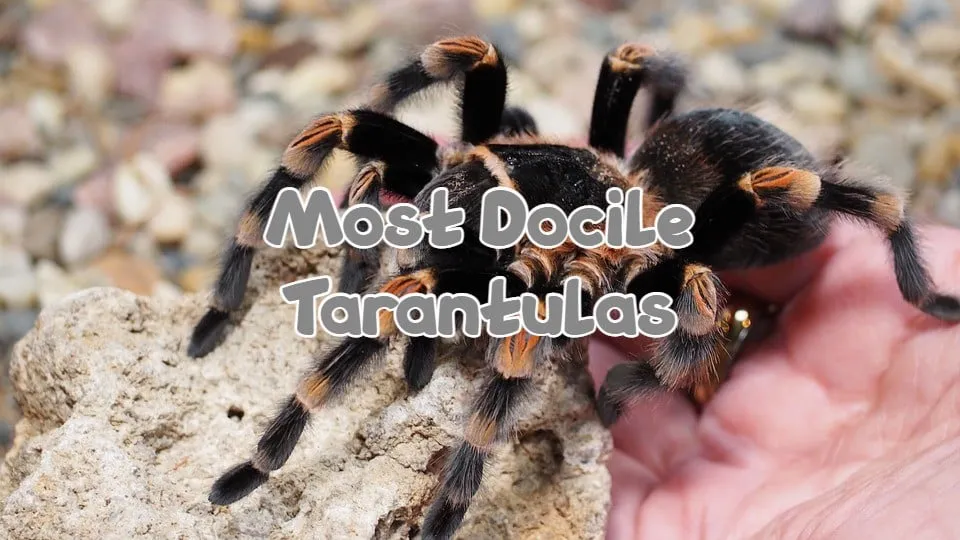Choosing Your Mexican Rose Grey Tarantula
The Mexican Rose Grey Tarantula, also known as the Mexican Pink Tarantula, is a popular choice for beginner tarantula keepers due to its docile nature and relatively low maintenance requirements. However, responsible ownership begins with careful selection. Ensuring you choose a healthy tarantula is crucial for its well-being and your enjoyment of having it as a pet. This guide will walk you through the process of selecting a healthy tarantula and setting up a suitable environment for it to thrive.
Selecting a Healthy Tarantula
When selecting your tarantula, observe its behavior and physical condition. A healthy tarantula should be alert and responsive, not lethargic or slow-moving. Check for any signs of injury, such as missing limbs or damaged fangs. Look at the abdomen; it should be plump and not shrunken, indicating proper hydration and feeding. Avoid tarantulas that appear thin or have a bald spot on their abdomen, as this could be a sign of stress or poor health. Ensure the tarantula is active and shows interest in its surroundings.
Where to Buy Your Tarantula
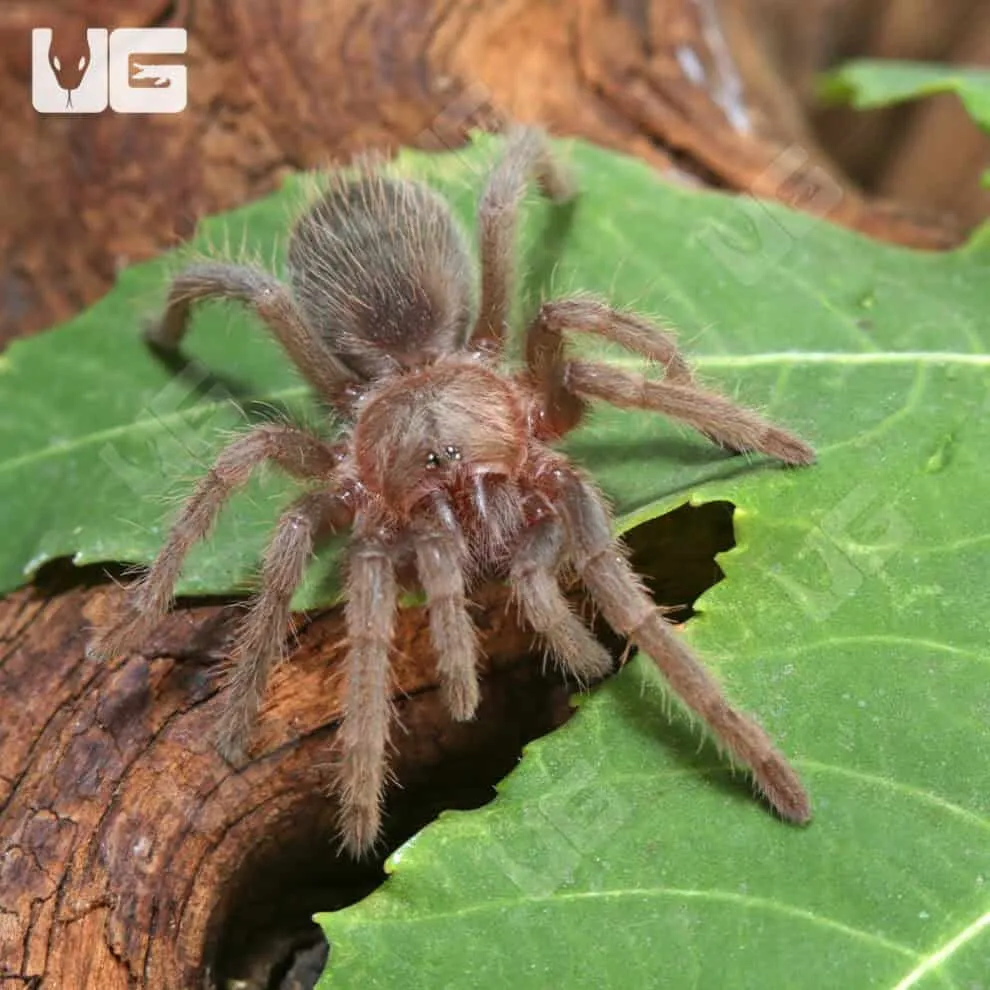
Purchasing your tarantula from a reputable source is vital. Look for breeders or pet stores specializing in exotic pets. These sources are more likely to have healthy specimens and provide accurate information on care. Avoid buying from unreliable sources or online marketplaces where the tarantula’s origin and health history are unknown. Check online reviews and ask for recommendations from experienced tarantula keepers to find reliable sellers. Ensure the seller can provide information about the tarantula’s age and feeding schedule.
Setting Up Your Tarantula’s Habitat
Creating the right habitat is essential for your Mexican Rose Grey Tarantula’s well-being. The enclosure should mimic its natural environment and provide the necessary elements for it to thrive. This includes proper size, substrate, temperature, humidity, and hiding places. A well-designed habitat reduces stress and promotes natural behaviors. Setting up the enclosure correctly from the start will make caring for your tarantula easier in the long run and contribute to its health and longevity.
Enclosure Size and Type
The enclosure size depends on the tarantula’s size. A juvenile Mexican Rose Grey Tarantula can be housed in a small container, such as a deli cup, while an adult will require a larger enclosure. A good rule of thumb is to provide an enclosure that is at least three times the tarantula’s leg span in width. The height of the enclosure isn’t as critical, but it should be sufficient to prevent the tarantula from climbing to the top and potentially falling. Glass or acrylic terrariums with secure lids are ideal. Ensure the enclosure has good ventilation to prevent the buildup of moisture and mold.
Substrate and Decor
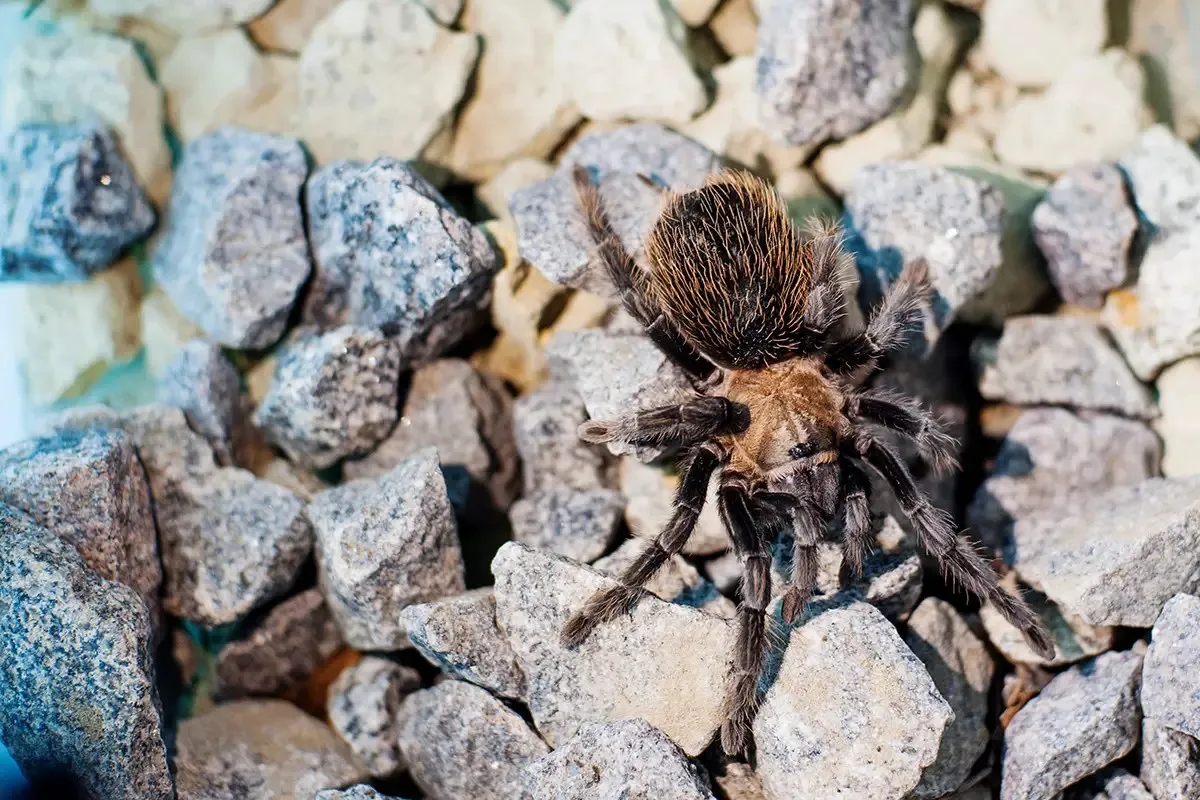
The substrate should be a moisture-retaining material that allows the tarantula to burrow. Good options include peat moss, coconut fiber, or a mixture of both. Avoid using sand, as it can be abrasive and difficult for the tarantula to burrow in. The substrate should be at least 2-3 inches deep to allow for burrowing. Decorate the enclosure with a hide, such as a piece of cork bark or a half-log, to provide a secure hiding place. Add a water dish and some fake or real plants for added enrichment. Ensure all decor is securely placed to prevent it from falling and harming the tarantula.
Temperature and Humidity
Mexican Rose Grey Tarantulas thrive in temperatures between 75-85°F (24-29°C). Use a heat lamp or a heat mat placed on the side of the enclosure, never directly under the enclosure, to maintain the correct temperature. Monitor the temperature with a thermometer. Humidity levels should be kept between 60-70%. You can achieve this by misting the enclosure with water once or twice a week, depending on the humidity levels. A hygrometer is helpful for monitoring the humidity. Ensure there is adequate ventilation to prevent excessive moisture and mold growth.
Feeding Your Mexican Rose Grey Tarantula
Proper feeding is crucial for the health and growth of your Mexican Rose Grey Tarantula. The tarantula’s diet primarily consists of insects, and providing the right food items, frequency, and hydration is vital for its well-being. Regular feeding sessions and a consistent approach will help keep your tarantula healthy and active. Observing the tarantula’s eating habits and adjusting the feeding schedule accordingly will help you provide the best care.
Appropriate Food Items
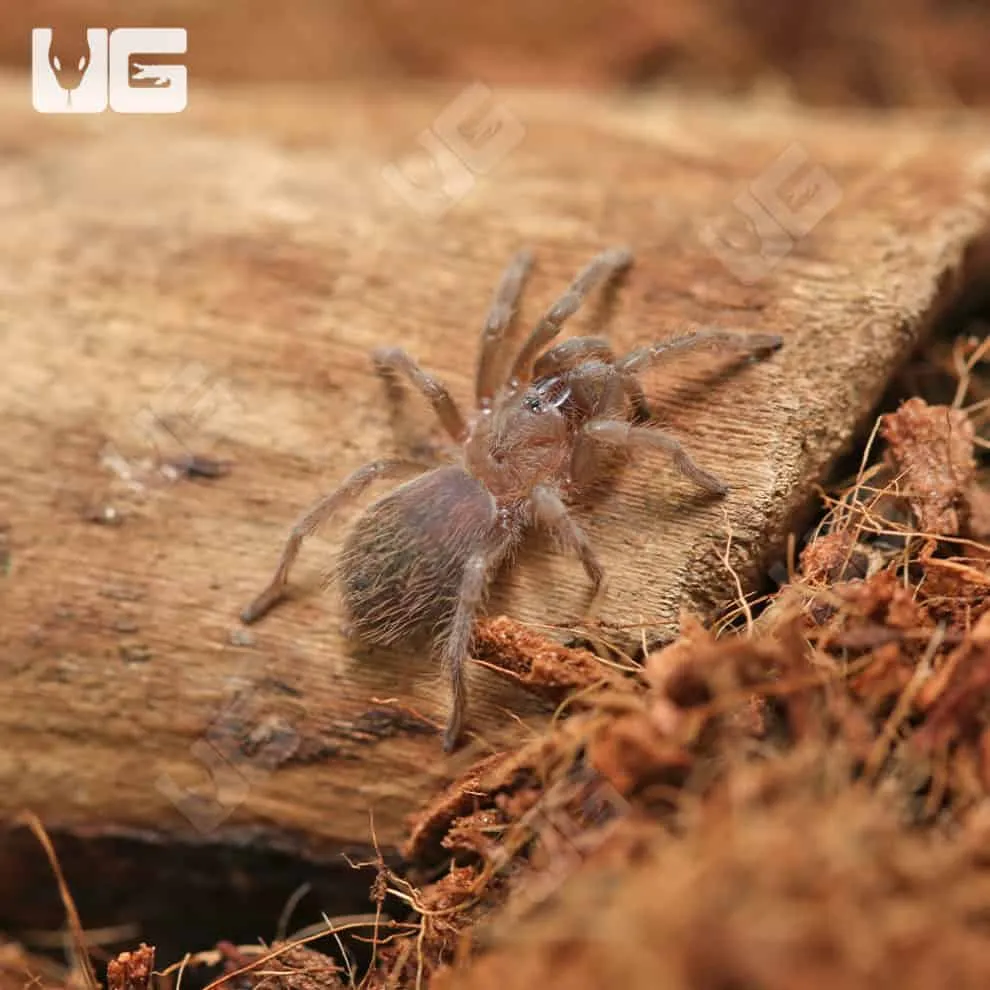
The primary food source for your Mexican Rose Grey Tarantula should be insects. Crickets, mealworms, and roaches are excellent choices. Dust the insects with a calcium supplement to ensure the tarantula gets the necessary nutrients. The size of the prey should be appropriate for the tarantula’s size. Generally, the prey should be no larger than the tarantula’s body. Remove any uneaten insects after 24 hours to prevent them from stressing the tarantula. Vary the insects you offer to provide a balanced diet. Consider offering pre-killed prey if your tarantula is not a strong hunter.
Feeding Frequency
The feeding frequency depends on the tarantula’s age and size. Spiderlings (young tarantulas) should be fed every other day. Juvenile tarantulas can be fed 2-3 times a week, and adults can be fed once a week or every other week. Adjust the feeding schedule based on the tarantula’s appetite and body condition. A tarantula that appears plump and healthy is being fed sufficiently. Avoid overfeeding, as this can lead to health problems. If the tarantula refuses to eat, it may be preparing to molt, so stop feeding and provide a safe environment.
Water and Hydration
Always provide fresh water. Use a shallow water dish, such as a bottle cap, to prevent the tarantula from drowning. Change the water regularly to keep it clean. Mist the enclosure with water once or twice a week to maintain humidity. Tarantulas absorb water through their exoskeletons. Ensure the substrate is slightly moist but not waterlogged. Proper hydration is crucial, especially during molting, to help the tarantula shed its exoskeleton successfully.
Handling and Safety

While Mexican Rose Grey Tarantulas are generally docile, handling them should be approached with caution and respect. Tarantulas can be easily stressed, and a fall from a height can be fatal. Handling should be kept to a minimum, and you should always prioritize the tarantula’s safety. Understanding the proper handling techniques and recognizing signs of stress is essential for responsible tarantula care.
Handling Guidelines
If you choose to handle your tarantula, do so carefully and slowly. Approach the tarantula calmly and gently. Never grab or squeeze the tarantula, as this can provoke a defensive response. Allow the tarantula to walk onto your hand. Always handle the tarantula over a soft surface, such as a bed or a carpet, in case it falls. Wash your hands thoroughly before and after handling to remove any potential contaminants. Avoid handling the tarantula during molting, as they are more vulnerable at this time.
Recognizing Stress Signs
Tarantulas exhibit specific behaviors when stressed. These signs include raising their front legs in a defensive posture, flicking hairs (urticating hairs) from their abdomen, or running away. If your tarantula displays these behaviors, it is best to leave it alone and allow it to calm down. Avoid handling the tarantula when it shows signs of stress. Create a stress-free environment by providing a suitable habitat, maintaining proper temperature and humidity, and avoiding excessive handling.
Common Health Issues and Prevention
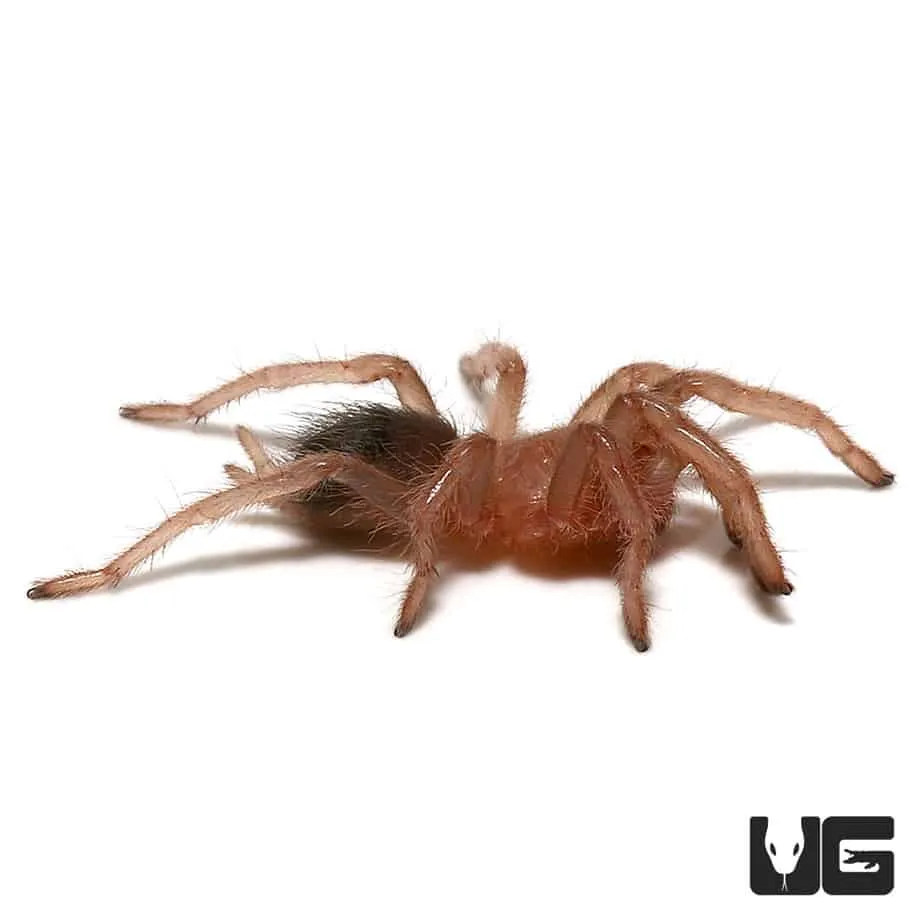
While Mexican Rose Grey Tarantulas are relatively hardy, they can be susceptible to certain health issues. Understanding the common problems and how to prevent them is crucial for ensuring your tarantula’s longevity. Regular observation of your tarantula’s behavior and physical condition will help you identify potential problems early on and take appropriate action.
Moulting Process
Moulting is the process by which a tarantula sheds its exoskeleton to grow. During this time, the tarantula becomes very vulnerable. Signs that a tarantula is about to molt include a change in color, loss of appetite, and a reluctance to move. The tarantula may also flip onto its back. Provide a calm and undisturbed environment during the molting process. Do not feed the tarantula during this time. After the molt, the tarantula will be soft and fragile. Wait a week or two before feeding it again to allow its new exoskeleton to harden.
Parasites and Diseases
Tarantulas can be affected by mites or fungal infections. Mites are small, parasitic creatures that can infest the tarantula. If you see mites, quarantine the tarantula and clean the enclosure thoroughly. Fungal infections can occur if the enclosure is too humid or poorly ventilated. Signs of a fungal infection include discoloration of the exoskeleton or lethargy. Consult with a veterinarian specializing in exotic animals if you suspect your tarantula has a health problem. Maintain a clean and well-maintained enclosure to prevent these issues.
Conclusion
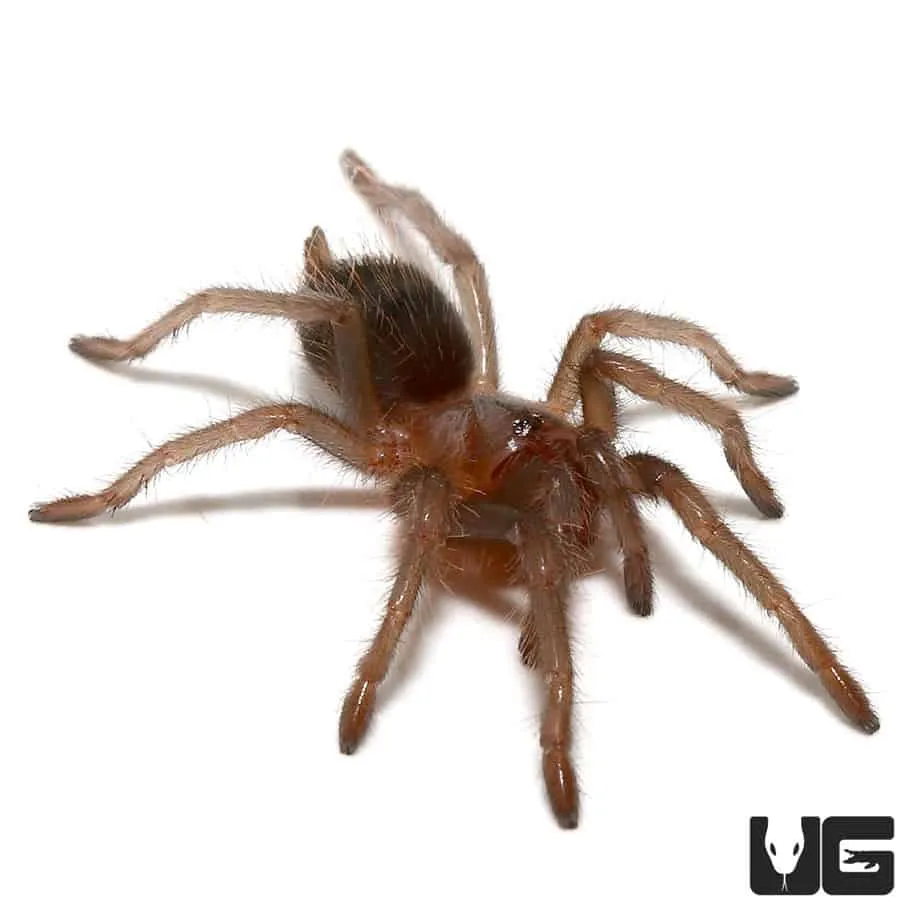
Caring for a Mexican Rose Grey Tarantula is a rewarding experience. By providing a suitable habitat, proper feeding, and safe handling, you can enjoy these fascinating creatures for many years. Remember to always prioritize the tarantula’s well-being by monitoring its behavior, health, and environment. With consistent care and attention, your Mexican Rose Grey Tarantula will thrive and become a captivating pet.
